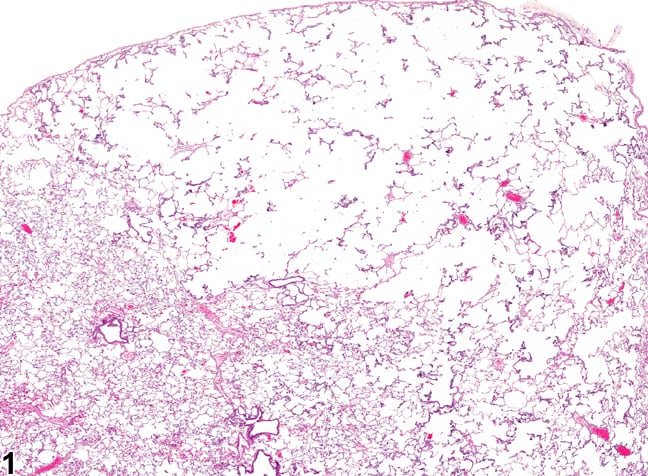COPD, chronic bronchitis and emphysema:
WHO defines Chronic obstructive pulmonary disease (COPD) as a lung disease characterized by chronic obstruction of lung airflow that interferes with normal breathing and is not fully reversible. The diagnosis is made by spirometry and clinical features of dyspnea, chronic cough with or without sputum production, wheezing etc. Emphysema and chronic bronchitis are the two most common conditions that contribute to COPD. Smoking is the most common cause of COPD. It follows a long course with intermittent exacerbations due to non-compliance with treatment, infections etc.
Chronic bronchitis is defined as cough with expectoration for 3 months of the year for at least 2 years. It is more common in men than women. Smoking and pollution are the most common causes. Smoking impairs ciliary movement and causes hyperplasia and hypertrophy of the mucus glands predisposing to chronic bronchitis. The Reid index is increased. It is calculated as the ratio of thickness of submucosal glands to the total thickness of the bronchial wall. Normal index is <0.4. Squamous metaplasia and dysplasia may be present.
Emphysema is permanent dilation of air spaces distal to the terminal bronchioles along with destruction of alveolar walls. Often, chronic bronchitis and emphysema co-exist in the same lung. Alpha 1 antitrypsin (AAT) deficiency causes emphysema and is inherited as an autosomal codominant pattern. Antityrpsin is a type of serine protease inhibitor or serpin. Alpha-1 antitrypsin is produced in the liver and then transported to the lungs via the blood. Alpha-1 antitrypsin protects the lungs from neutrophil elastase, which can damage lung tissue if not properly controlled. Without enough functional alpha-1 antitrypsin, neutrophil elastase destroys alveoli and causes emphysema. SERPINA1 gene normally codes for alpha 1 antitrypsin. M, Z and S are some of the alleles of SERPINA1 gene. Normal individuals have MM pattern and hence, no deficiency. However, ZZ pattern will lead to severe deficiency of AAT. S allele is associated with moderate risk. Frequency of AAT deficiency is higher in individuals with European ancestry. Environmental factors, such as exposure to tobacco smoke, chemicals, and dust, likely impact the severity of alpha-1 antitrypsin deficiency. Other than emphysema, AAT deficiency is associated with cirrhosis, increased risk of hepatocellular carcinoma and panniculitis. Diagnosis is done by estimating levels of AAT in blood and confirmed by genetic testing. Serum protein electrophoresis will show an absent or decreased alpha-1 band (it is an alpha globulin). Gross examination of lung sections will show multiple dilated air spaces.

Sign up for free to take 4 quiz questions on this topic